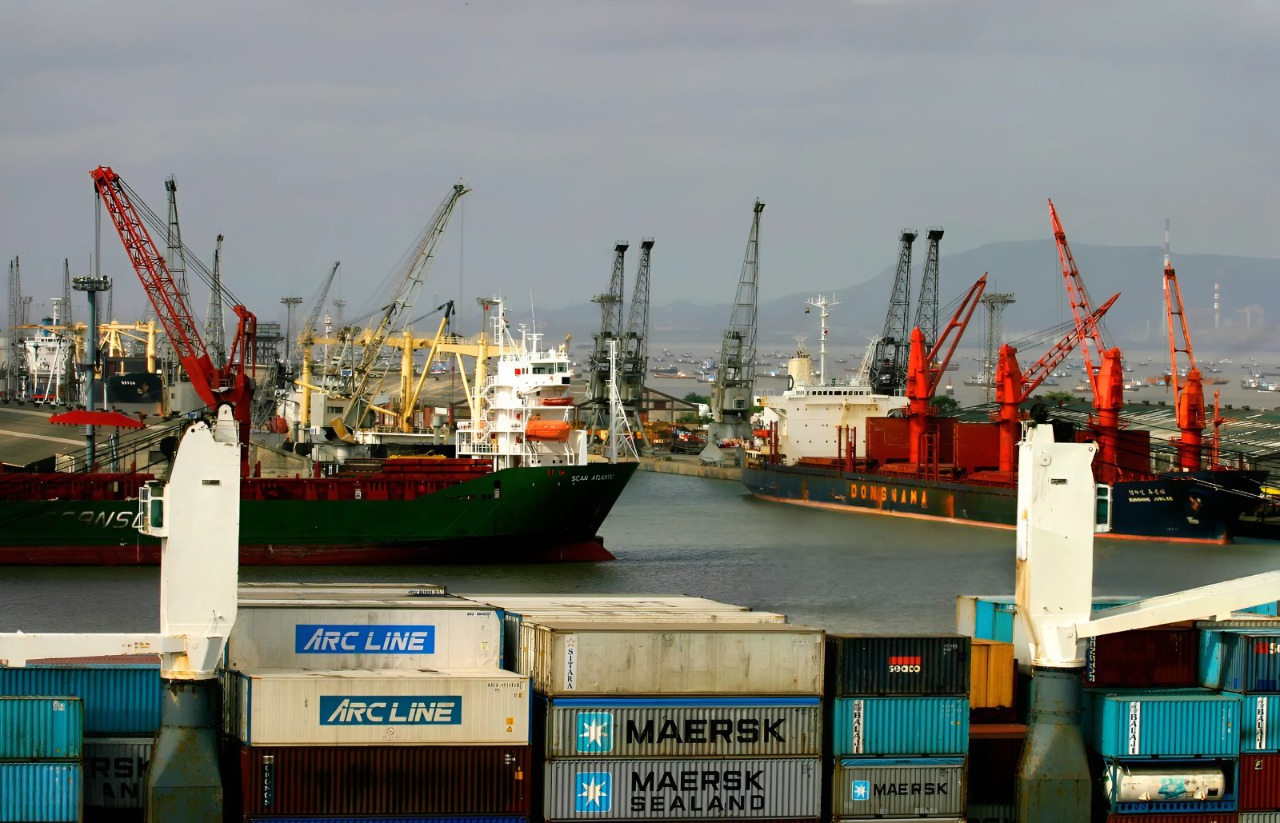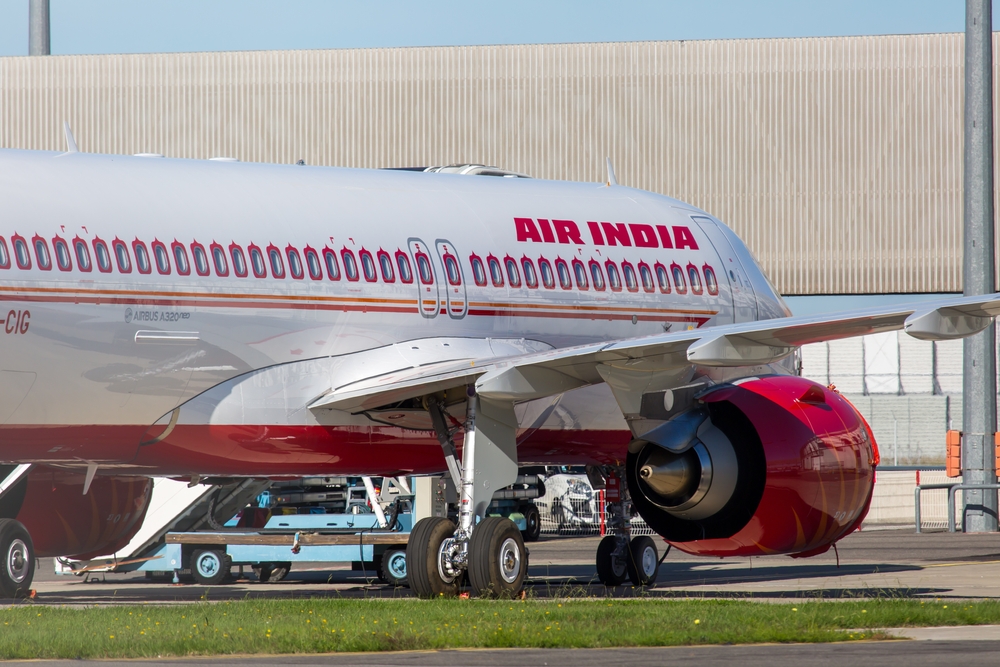UK to India shipping time
Shipping goods from the United Kingdom to India requires not only solid logistics planning but also an understanding of realistic shipping times. Whether you're a business owner, importer, or sending personal items, knowing expected transit times helps you plan better, manage customer expectations, and avoid unnecessary delays. At ASIANIA LOGISTIKA PRIVATE LIMITED, we provide end-to-end logistics support to ensure your shipments between the UK and India are delivered safely, on time, and at the most competitive rates.

Average Shipping Times from the UK to India
Shipping times depend heavily on the transportation method chosen—sea, air, or multimodal transport. Here’s what you can typically expect:
Shipping Mode | Transit Time | Best For |
Sea Freight (FCL/LCL) | 25–35 days | Standard and heavy cargo |
Air Freight | 3–7 days | Urgent and high-value shipments |
Multimodal (Road + Sea) | 20–30 days | Cost-effective, moderately urgent cargo |
Sea freight remains the most popular method for moving goods between the UK and India, offering the best rates for large volumes and non-urgent shipments. This method is especially suited for industries such as automotive, construction materials, or consumer goods in bulk quantities. Air freight, though more expensive, delivers unbeatable speed and is often used for critical shipments like pharmaceuticals, electronics, or fashion collections during peak seasons. Multimodal transport (road to port plus sea freight) is gaining popularity as a flexible option—cheaper than air but faster than traditional sea routes, making it an attractive choice for businesses balancing cost and delivery deadlines.
Key Shipping Routes Between the UK and India
Selecting the right ports can significantly reduce overall transit times and costs.
Route | Departure Port (UK) | Arrival Port (India) | Average Time |
Western Route | Felixstowe | Mumbai (Nhava Sheva/JNPT) | 25–30 days |
Southern Route | Southampton | Chennai | 30–35 days |
Multimodal | London (Road) → Felixstowe (Sea) → Mundra | 20–28 days |
Felixstowe is the UK’s main container hub, handling a vast majority of exports to India’s western ports, providing direct and frequent services. Southampton is a prime choice for shipments heading to southern Indian markets like Chennai, offering efficient services for goods destined for the southern industrial zones. Multimodal solutions, which start with road freight from inland UK to Felixstowe, help companies based away from ports to reduce delivery times by streamlining the initial leg of transportation.
Factors Influencing Shipping Time
Even with meticulous planning, several external and internal factors can affect shipping times:
Customs Delays
Paperwork issues, incorrect declarations, inspections, or customs holidays can extend processing times.
Cargo Type
Special cargo may require extra documentation and specialized handling, such as hazardous goods, temperature-controlled pharmaceuticals, or perishables.
Port Congestion
Particularly during peak trade seasons, festivals, or strikes, port congestion can add days to the shipping timeline.
Weather Delays
Storms in the Atlantic or Indian Ocean, and the monsoon season, can cause vessel delays.
Logistics Disruptions
Geopolitical events, strikes, pandemics, or other global crises can unexpectedly disrupt shipping schedules and lead to extended transit times.
By accounting for these factors and working with an experienced freight forwarder, businesses can plan appropriate buffer periods in their logistics schedules and mitigate the impact of unforeseen events. Proactive logistics planning, including pre-clearance of documentation and flexible route planning, helps avoid missed deadlines and supply chain disruptions.

Shipping Methods and Timeframes
Each shipping method offers its own balance of cost, speed, and reliability:
FCL (Full Container Load):
- Time: 25–30 days
- Description: Ideal for large shipments that fill an entire container, reducing handling and minimizing delays.
LCL (Less than Container Load):
- Time: 30–40 days
- Description: Cost-effective for smaller loads, but slightly slower due to the need for consolidation and deconsolidation at hubs.
Air Freight:
- Time: 3–7 days
- Description: Best for urgent or high-value cargo like electronics, medical equipment, or fashion items.
Multimodal Transport:
- Time: 20–30 days
- Description: Combines road and sea, offering a practical balance between speed and cost.
Customs Clearance Timeframes
Stage | Estimated Time |
Export Clearance (UK) | 2–3 days |
Import Clearance (India) | 3–5 days |
Smooth customs clearance is crucial for avoiding costly delays. Proper documentation—including invoices, packing lists, certificates of origin, and any required licenses—ensures a streamlined process. Working with a reliable logistics partner ensures all documents are pre-verified and submitted on time, reducing risks of inspections, rejections, or penalties.
Typical Transit Time by Cargo Type
Cargo Type | Recommended Method | Transit Time |
Machinery & Equipment | Sea Freight (FCL) | 25–30 days |
Consumer Electronics | Air Freight | 3–5 days |
Fashion & Apparel | LCL or Air Freight | 30–40 days or 4–6 days |
Pharmaceuticals | Air Freight (Temperature Controlled) | 3–5 days |
How to Plan for Faster Delivery
-
Book in Advance: Reserve vessel or aircraft space at least 2–3 weeks prior to departure to avoid space shortages.
-
Choose Direct Routes: Opt for services with minimal or no transshipments to reduce potential delays.
-
Pre-Clear Documentation: Begin customs paperwork early to avoid bottlenecks.
-
Work with Professional Freight Forwarders: Engage experts who can handle route optimization, paperwork, and provide contingency planning.
Real-World Example of Delivery Timelines
Shipment Size | Mode | Timeframe | Notes |
20ft Container | Sea (FCL) | 25–30 days | Direct shipment to Mumbai |
40ft Container | Multimodal | 20–28 days | Road to Felixstowe + sea to Mundra |
5 Pallets | LCL | 30–40 days | Shared container load |
300 kg Electronics | Air Freight | 3–5 days | Expedited air cargo |
Different cargo volumes and priorities call for different logistics approaches. Large shipments benefit from sea transport’s cost savings, while critical parts, limited-edition collections, or seasonal merchandise often justify air freight’s higher cost for guaranteed delivery windows.
At ASIANIA LOGISTIKA PRIVATE LIMITED, we help businesses navigate the complexities of shipping from the UK to India, ensuring that every shipment is optimized for cost, speed, and reliability.
- UK
- UK to India container shipping
- 20 ft container shipping cost from UK to India
- 40 ft container shipping from UK to India
- Shipping agent from UK to India
- UK to India shipping time
- Shipping from UK to India by air
- India to UK shipping
- India to UK container shipping
- 20ft container shipping from India to UK
- 40ft container shipping from India to UK
- Shipping from India to UK by air
- Shipping agent from India to UK
- India to UK shipping time
For additional questions, contact us
Mumbai
Office no - 1312, ICRC, Sikova Industrial lane, adjacent Lane to State Bank of India, Nityanand Nagar, Ghatkopar West, Mumbai, Maharashtra 400086
Download
Brochure Our Services Brochure
Ask Us a Question
Lorem ipsum dolor sit amet, consectetur adipiscing elit. Fusce eu tincidunt ipsum.